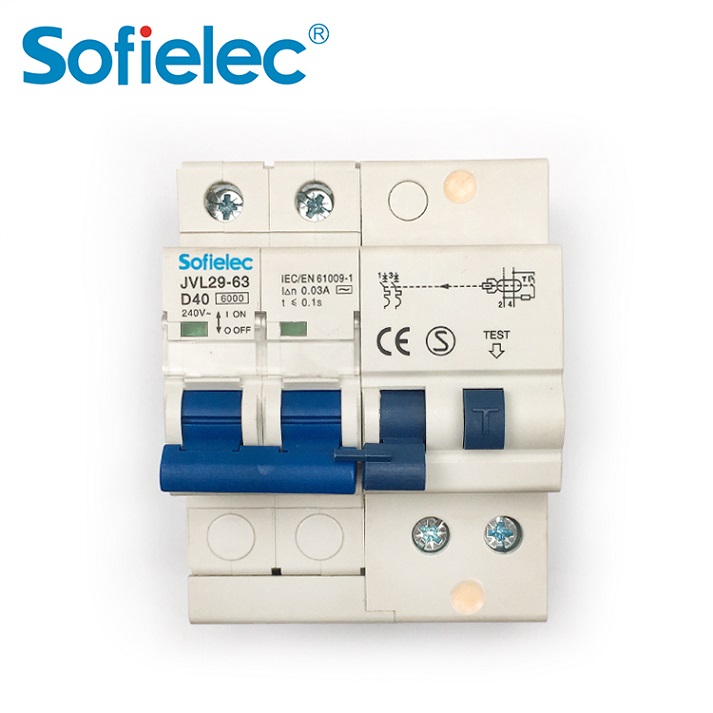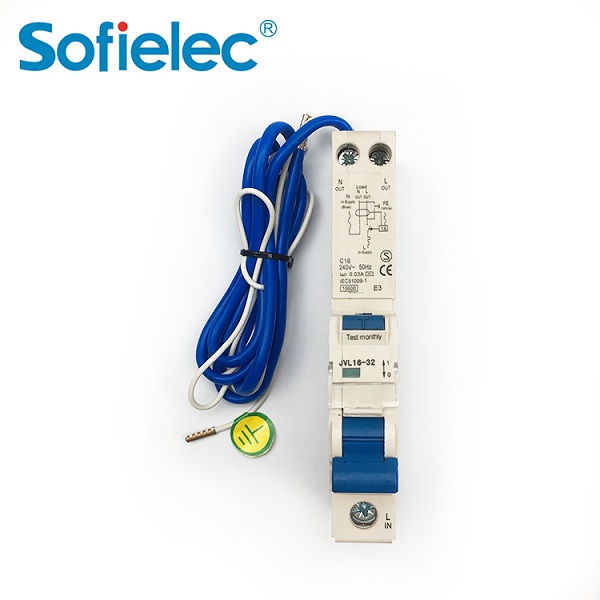Introduction to the advantages and disadvantages of solid state relays
Solid state relays are non-contact electronic switches with isolation function, and there are no mechanical contact parts in the switch. Therefore, in addition to the same functions as electromagnetic relays, solid-state relays have logic circuit compatibility, vibration resistance, mechanical shock resistance, unlimited installation position, excellent moisture-proof, mildew-proof and anti-corrosion performance, good performance in explosion-proof and ozone pollution prevention, and input power. Small, high sensitivity, low control power, electromagnetic

The advantages of solid state relays:
1) High life and high reliability) The solid state relay has no mechanical parts, and realizes the contact function through solid state devices. Because there are no working parts, it works in a high shock and vibration environment. The inherent characteristics of the components that make up the solid state relay determine the life of the solid state relay and have high reliability. solid state relay.
2) High sensitivity, low control power, good electromagnetic compatibility) The solid state relay has a wide input voltage range, low driving power, and is compatible with many logic integrated circuits without adding buffers or drivers.
3) Fast switching) Solid state relays use solid state devices, so the switching speed can be from a few milliseconds to a few microseconds.
4) Small electromagnetic interference) The solid state relay has no "coil" input, and will not touch or bounce arcs, reducing electromagnetic interference. Many AC output solid state relays are zero voltage switches, conducting at zero voltage and cutting off at zero current, reducing the sudden interruption of the current waveform and reducing the transient effect of the switch.

Disadvantages of solid state relays:
1) After being turned on, the voltage drop of the tube is relatively large, the forward voltage drop of the thyristor or triac can reach 1~2V, and the saturation voltage drop of the high-power transistor is also between 1~2V. The on-resistance is also greater than the contact resistance of the mechanical contacts.
2) Even if the semiconductor device is turned off, there will be a leakage current of several microamps to several milliamps, which cannot achieve ideal electrical isolation.
3) Due to the large voltage drop of the tube, the power consumption and heat generation after conduction are also large, the volume of high-power solid state relays is much larger than that of electromagnetic relays of the same capacity, and the cost is also high.
4) The temperature characteristics of electronic components and circuits have poor anti-interference ability, poor anti-radiation ability, and low reliability without effective measures.
5) Solid state relays have great sensitivity to overload, and must use fast fuse or DC damping circuit for overload protection. The load of the solid state relay is obviously related to the ambient temperature, and the load capacity decreases rapidly when the temperature rises.
6) The main shortcomings are the conduction voltage drop (requires corresponding heat dissipation measures), the off current, the AC and DC failure, the small number of contact groups, and the poor indicators such as overcurrent, overvoltage, voltage rise rate, and current rise rate. .
The above is the introduction of the advantages and disadvantages of solid state relays. If you want to know more, please feel free to contact us!



